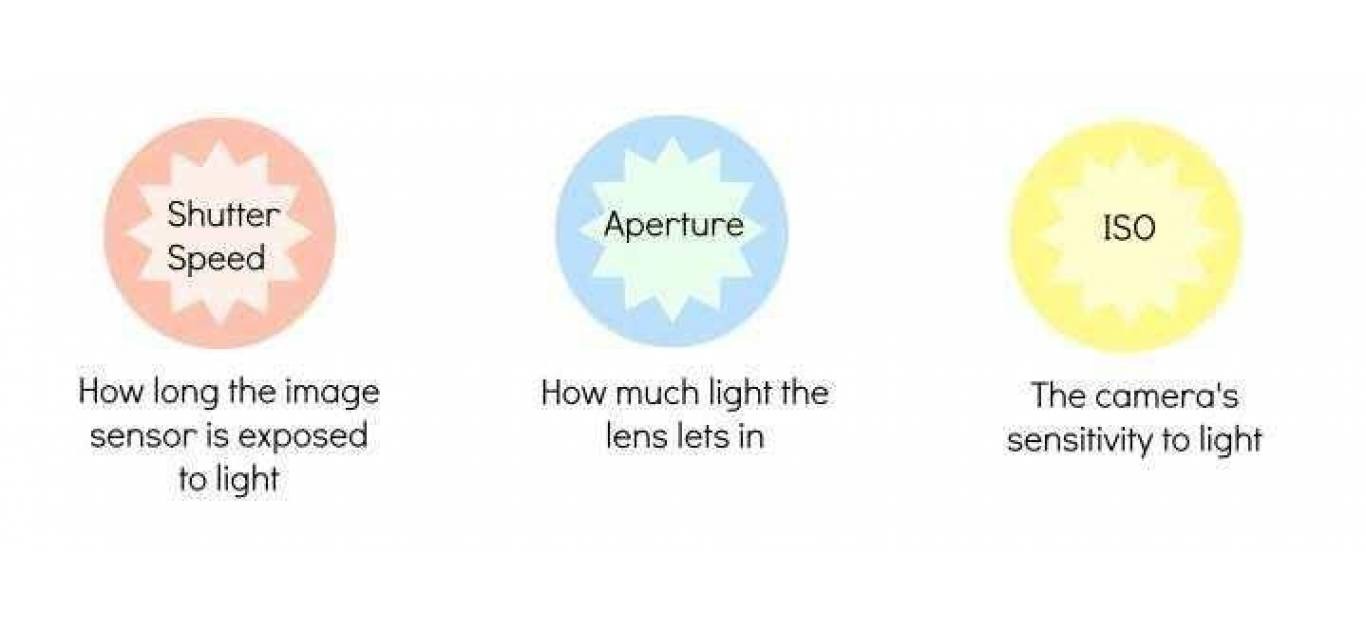For newbie’s with bridge/DSLR cameras, they must be wondering what the words, iso, shutter speed and aperture mean. The following 3 terms can be described as an exposure triangle.
No these features are not only in DSLR or bridge cameras but in every camera that has ever been made, from your grandfather’s Pentax K2 to your younger brothers iPhone camera, these 3 functions are what create the image. However, DSLR’s and high end point and shoot cameras contain the flexibility of controlling these features manually.
To create an image of unique composition you have to balance out one of these components with another. One rule in photography that defines this mechanism is the “overcast 8”
The overcast 8 (exposure triangle explained)
The overcast 8 rule suggests that on a sunny day, while shooting outdoor, using an aperture of f/8 you have to keep the iso and shutter speed inverse from each other. For example, if i’m shooting at iso 200 then i’ll have to keep my shutter 1/200th to 1/250th of a second. In other words, you end up increasing the intensity of exposure in one; you’ll have to adjust it in the other two.
Understanding the balance
To understand these components, you must know that:
We can also say that:
So let’s say, a picture is clicked at aperture f/8, iso 200 , and a shutter speed of 1/100th of a second, a very similarly exposed picture could also be taken at:
and many more.
To a few people, questions may arise as to why should they bother changing all 3 of these settings to get a good picture,
What about you? Do you have any other tiups you could add to this article? Share your best tips by leaving a comment below


Latest Comments